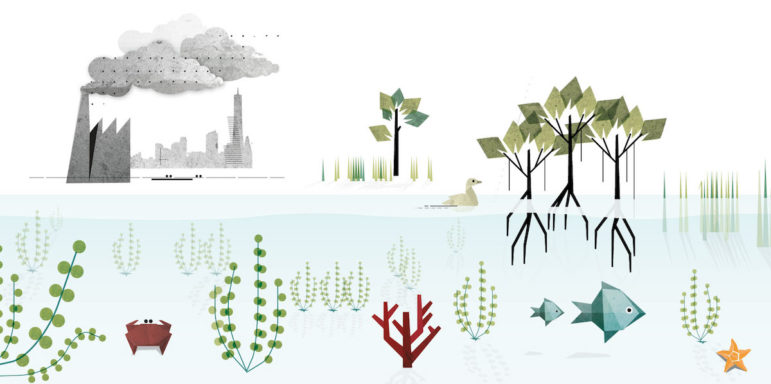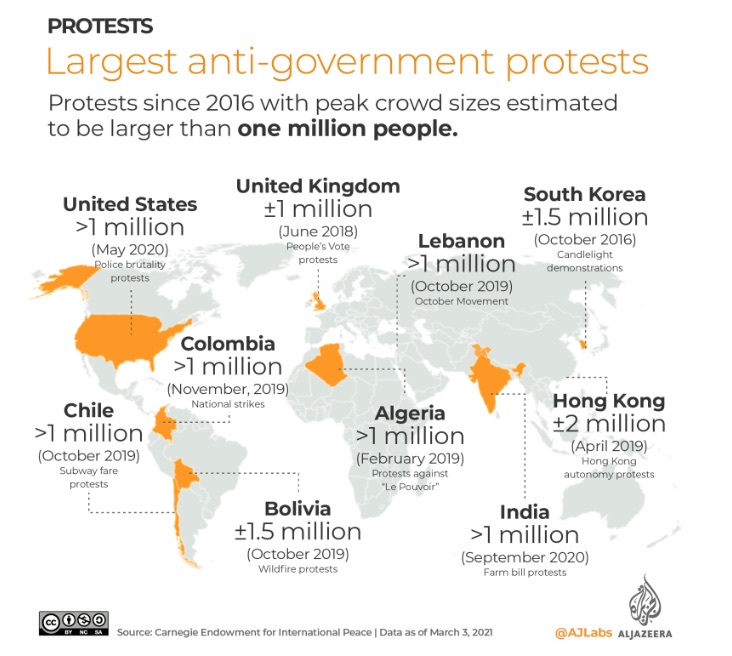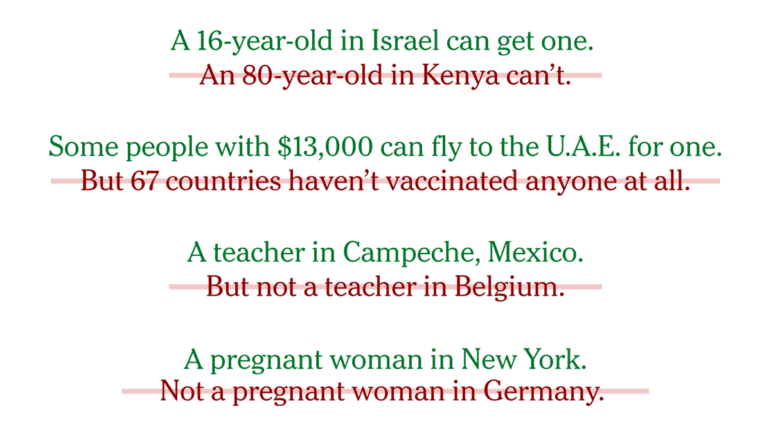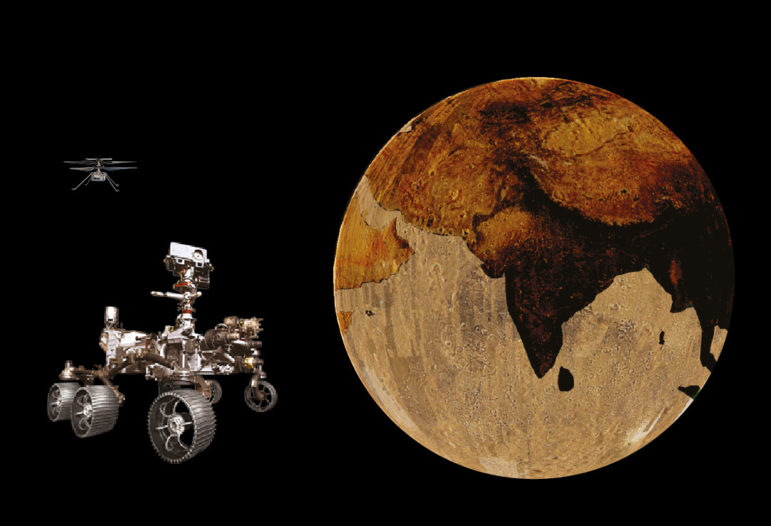
Data Journalism
Data Journalism Top 10: Ramadan Fasting, Volcanic Eruptions, Climate Change Economics, China’s Forced Labor
Driving an electric car and buying solar panels are things individuals can do to help slow climate change. But according to a new study, most people don’t realize that achieving a real impact on greenhouse emissions requires significant lifestyle sacrifices. Our NodeXL #ddj mapping from April 12 to April 18 found a story by the Financial Times showing that the best way in individual can reduce their carbon footprint is to have one less child. We also feature an explainer of Ramadan fasting by Al Jazeera, a look into China’s polysilicon factories by Bloomberg, and Chinese tycoon Jack Ma’s jet-setting ways.









